What is IoT?
Internet of Things is an inter-connected network of devices or machines, that able to share data and communications to & from internet without requiring human-to-human or human-to-computer interaction. All physical devices starting as small as light lamp to big as jets can be included as IoT, if it’s connected to the internet.
Any device capable of controlling remotely from another device and able to share the data to a network is termed as IoT. Enabling devices to be controlled, simply refers to fixing sensors in devices and connecting it through an application in smartphones or any control device.
The emerging tech is the incorporation at the advent of real-time analytics, machine learning (ML), sensors and embedded systems. Existing fields like wireless sensor networks, automation and cloud computing enables the gateways to IoT.
IoT makes every thing around us smarter and more responsive. IoT is seen as bridge filling the gap between physical and digital world. An interesting and on-time example of IoT is ‘Smart Home’, an IoT synonymous to connecting the home appliances like tube-lights, fans, lamps etc., to smartphone apps, thereby to control it easily.
When did IoT start to exist? – History
The Coca-Cola vending machine at the Carnegie Mellon University installed in 1982 is the first IoT device in history. The machine connects with internet and provides information of the inventories of the products placed in it. The vending machine also shares & senses the chillness of the bottles.
Though few devices started to facilitate as IoT in 1980s and 1990s, the term ‘Internet of Things’ (IoT), was actually coined in 1999, by Kevin Ashton. However, the field started to diversify around the world to various sectors only a decade later.
How IoT is possible? – Enabling technologies
Things are linked to internet and made feasible to share data, by the application of Radio-frequency Unique Identifiers (RFID) tags and distinct identification through Electronic Product Code.
This provided the objects with unique IP address or Uniform Resource Identifier, making it distinctly accessible. The devices are then connected to internet (either IPv4 / IPv6. IPv6 is preferred, owing to its capacity of addresses, approximately 3.4 * 1038).
IoT devices analyzes & senses the environment by real-time analytics and computes the information to a network, storing the data and retrieving it whenever necessary. This demands the cloud computing & real-time quick internet facility (5G) for IoT to function divinely.
How IoT could improve your lifestyle? – Consumer application
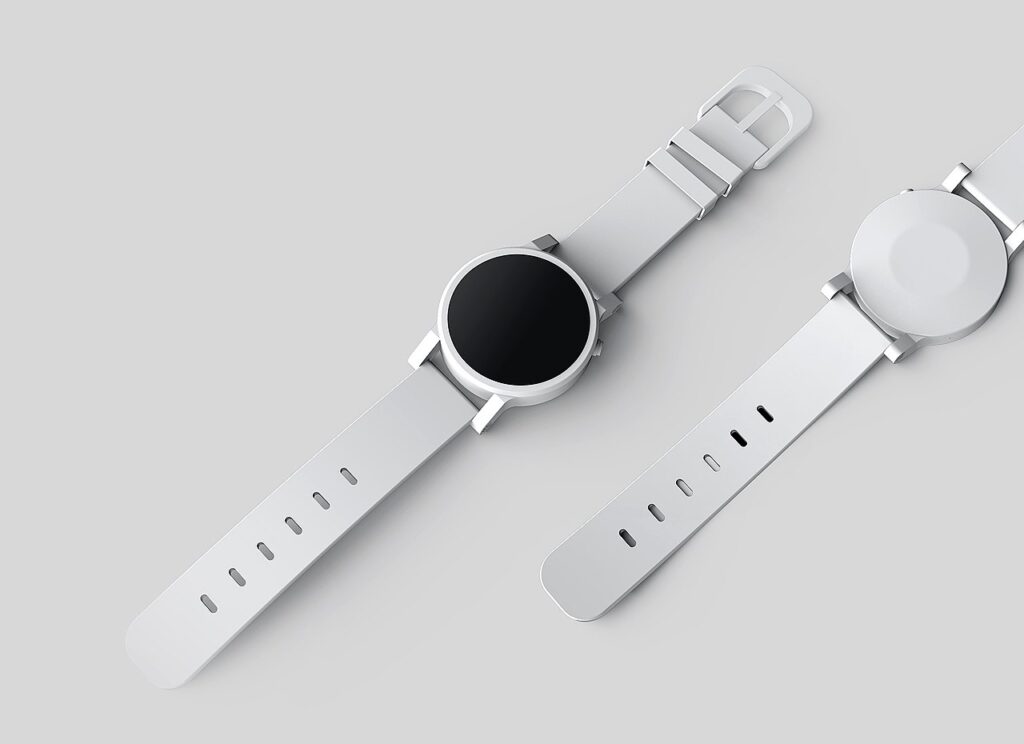
Consumer-based IoT products start with your smart-watch or fitness-band on your hand and extends to making the entire home, smart.
Smart Home is the driving update of tech world, to make your home automated, including lighting, air-conditioning, media & security systems. Sensing the room atmosphere, and switching off the lights or fans or air-conditioners adds IoT for energy savings as an unfair advantage.
Smart Home is not a ‘wow’ factor to this 2020, as companies started to fetch your home smart. For instance, Apple’s HomeKit enables the house members to configure, communicate with and control smart-home appliances through an ios app. Other standalone platforms such as Google Home, Amazon Echo & Samsung’s SmartThings Hub also contributes IoT, wherein it includes speakers for having a communication-based manipulating of things.
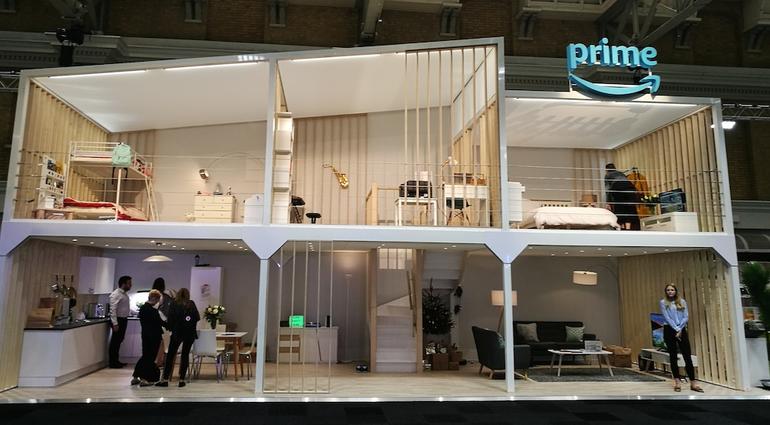
IoT – Key to Industrial Revolution 4.0
Industrial Revolution 4.0 steps mainly on automation to achieve rapid manufacturing with minimal costs of operation. IoT can visualize seamless integration of various manufacturing devices equipped with sensing, identification, processing, communication, actuation, network and even decision-making capabilities.
Substantial management of manufacturing equipment and processing it through networks shifts the realm to be as smart manufacturing. For instance, any machine / equipment can be remotely controlled from a residing room and malfunctions are timely inquired. Thanks to IoT.
Estimates prefer that Industrial IoT alone is capable of driving $12 trillion of global GDP by 2030.
In general, the IoT intelligent systems enable rapid manufacturing of new products, dynamic response to product demands, and real-time optimization of manufacturing production and supply chain networks, by networking machinery, sensors and control systems together.
IoT in Medical & Agriculture
Remote health monitoring and emergency notifications if patients behave abnormal could be easily intimated with the advent of IoT. Medical IoTs caters a good value, for checking and reviewing wards. Some hospitals have begun using ‘smart beds’, where doctors have a detailed behavior of patients, whether they attempt to get up. This beds also provide necessary support to the patients, without interaction of nurses.
A Goldmann Sachs Report of ‘IoT in Medical & Health Care’ explains that US would save $300 Billion by using IoT in hospitals and health-cares. Agricultural use of IoT mainly implies on understanding the composition of soil nutrients and intimates if any lack of supplements is observed.
Concerning barriers of IoT:
The obstacles that IoT face, accounts greatly to the privacy, security and safety criteria, on viewing to the fact that any networking device can be hacked and controlled by third party users.
Inter-operability
Despite a shared belief in the potential of the IoT, industry leaders and consumers are facing barriers to adopt IoT technology more widely. Mike Farley argued in Forbes that while IoT solutions appeal to early adopters, they either lack interoperability or a clear use case for end-users. A study by Ericsson regarding the adoption of IoT among Danish companies suggests that many struggle “to pinpoint exactly where the value of IoT lies for them”.
Privacy
Concerning for instance, the ‘smart-home’, appliances are connected to a network, to which it shares the data and hence appliances are vulnerable as a spy, some experts claim. The devices analyze the home and transfers the data for automated control effects. Any techie can easily manipulate the devices over a network and take advantage on it.
In fact, alexa and siri are hearing all you speak of, around it.
Security
Security is the biggest concern for internet of things. IoT onsets for enhancing the security regulation, aiming to have more authorization over the devices and ensures of not misleading to any third parties.
Fundamentally there are 4 security objectives that the IOT system requires:
(1)data confidentiality: unauthorized parties cannot have access to the transmitted and stored data.(2)data integrity: intentional and unintentional corruption of transmitted and stored data must be detected.(3)non-repudiation: the sender cannot deny having sent a given message.(4)data availability: the transmitted and stored data should be available to authorized parties even with the denial-of-service (DOS) attacks.
Safety
Safety is primary barrier of IoT. IoT devices are vulnerable to take control over by others. For instance, your IoT vehicle may be linked with an app, meaning, anyone who could access the app may have controls over it. Also, IoT powered heater could be put off, when 00 prevails while everyone sleeping at night.
How Future IoT will be?
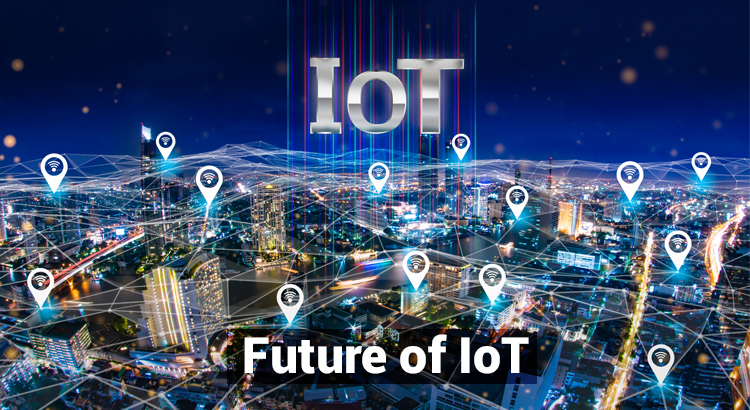
Well the IoT had been installed in many of the places of world, for instances:Songdo, South Korea has 70% of the city equipped with wired IoT. Also, Santander, Spain tags 10,000 sensors placed around the city and proffers services like parking search, environmental monitoring, digital city agenda and more through an app.
Read about 5G, the base for endorsing IoT!
The future IoT raids on machine learning, for autonomous functioning. The tech fetches machine learning’s section of ‘deep reinforcement learning’, where each device attributed to IoT will be capable of decision-making skill and be adapted to the changing situation, automatically.
The study is however striving due to the concerned privacy & security enclosures. But is not a far way to have a smart equipped city to countries.
‘Technology will always find its way’
References:
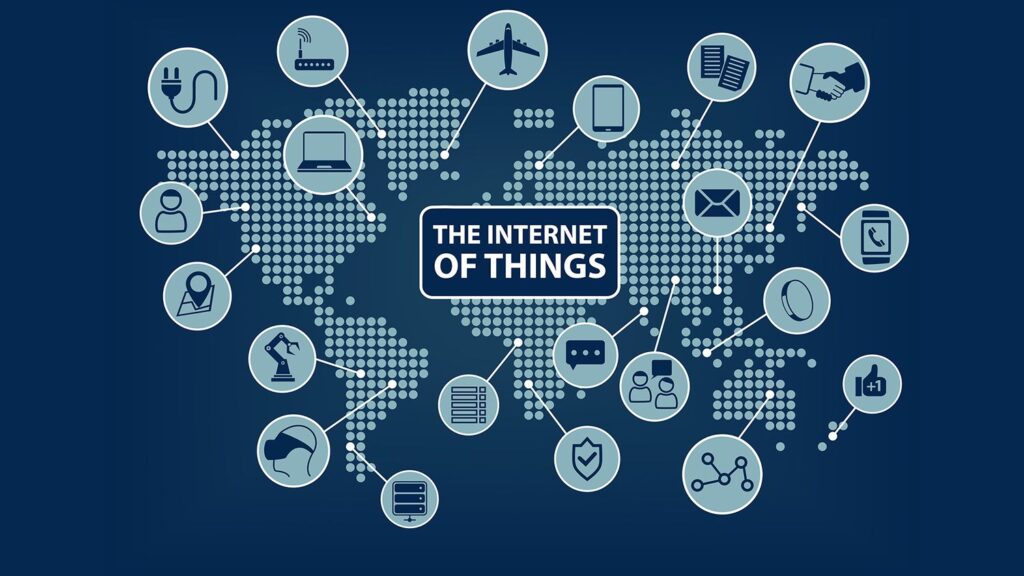

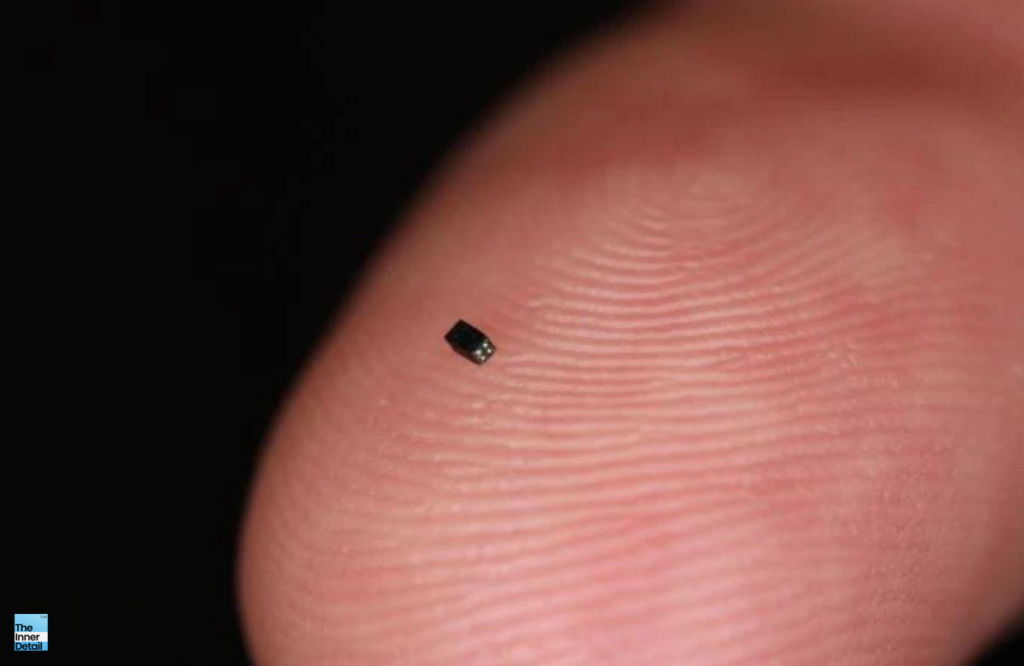
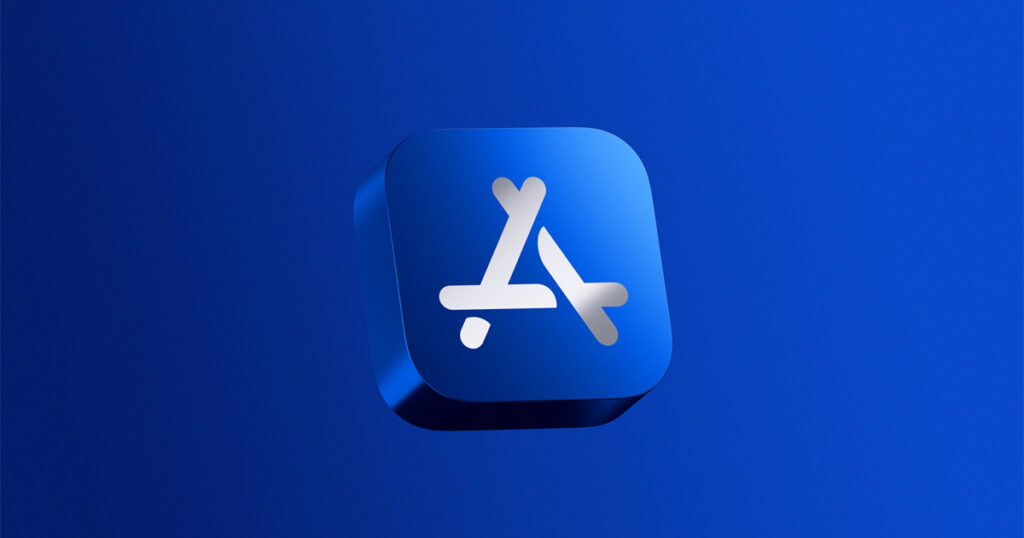
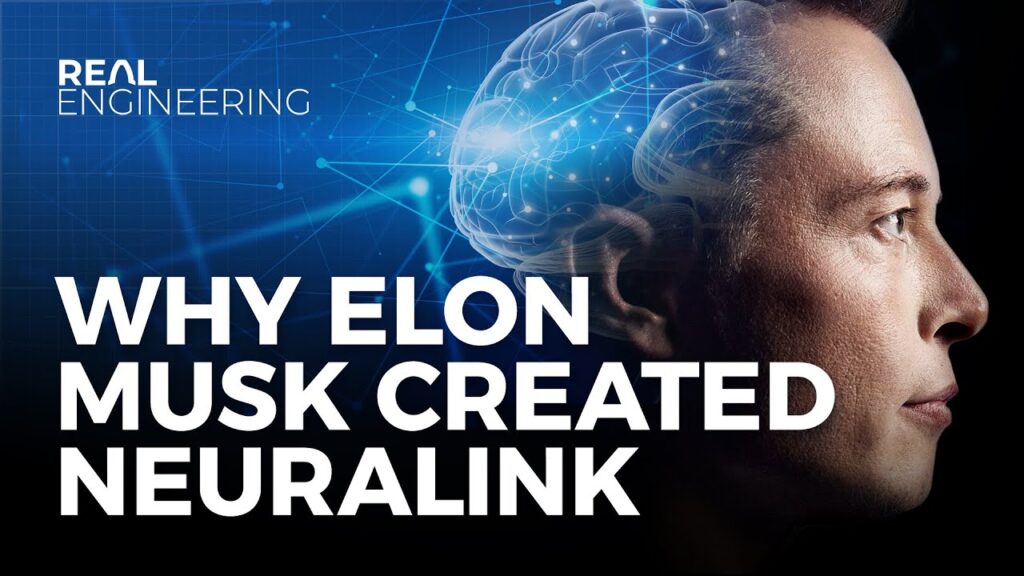

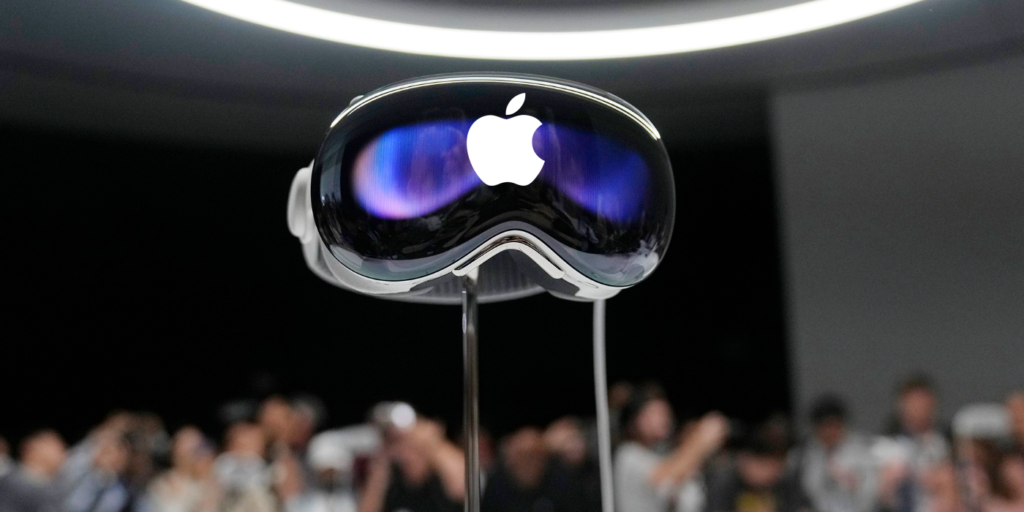
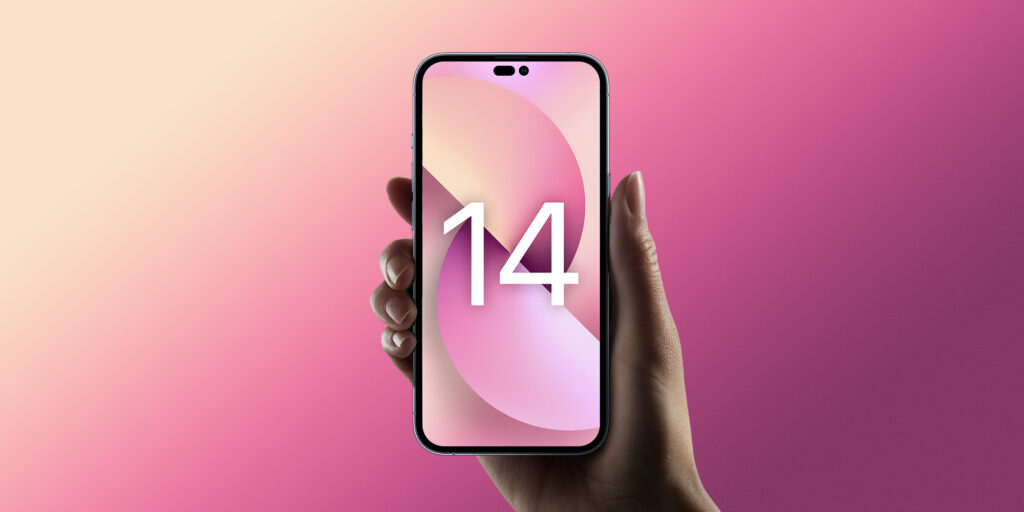
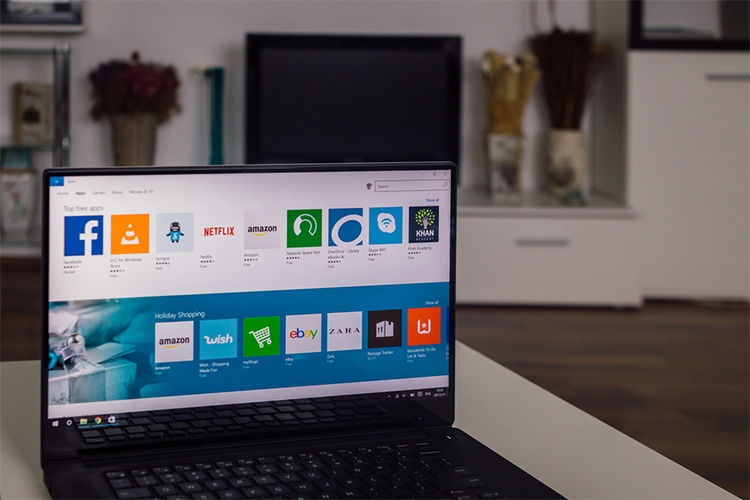
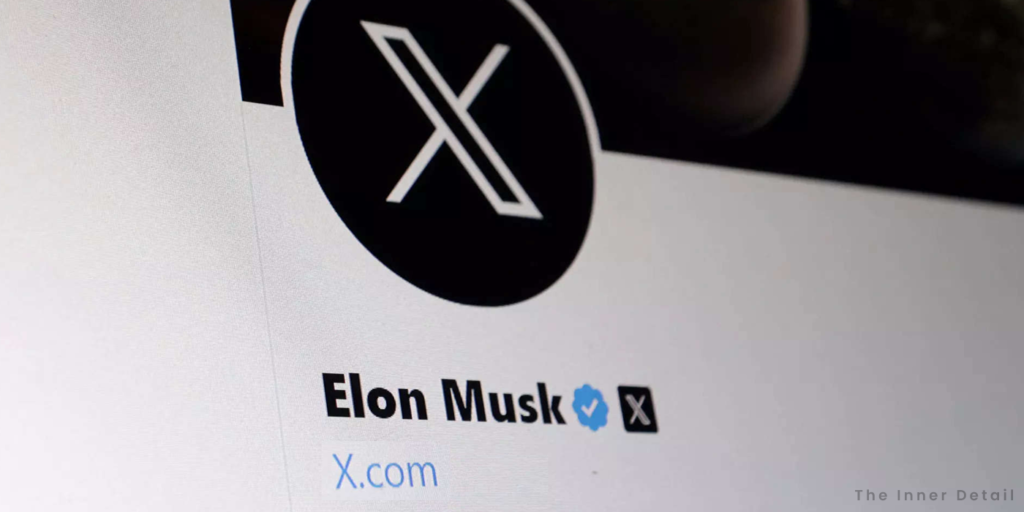
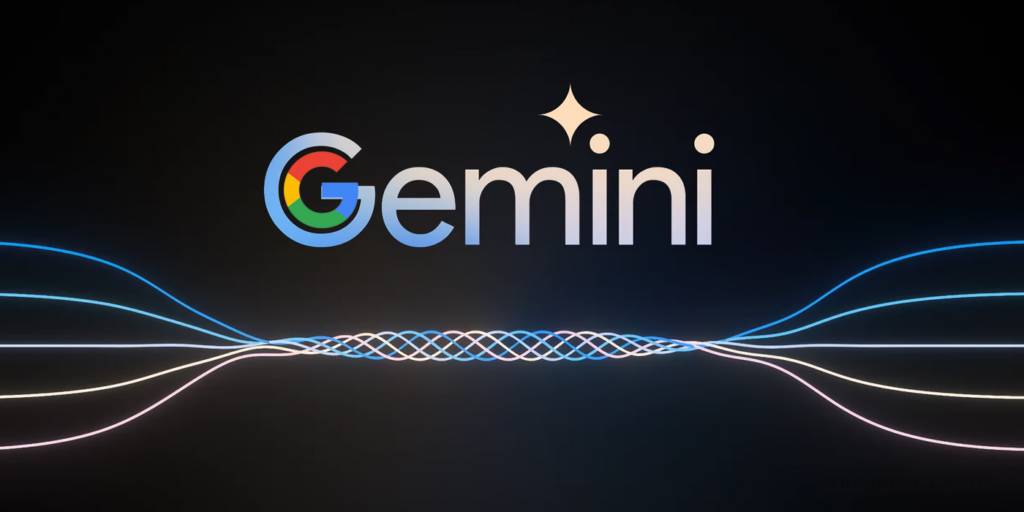
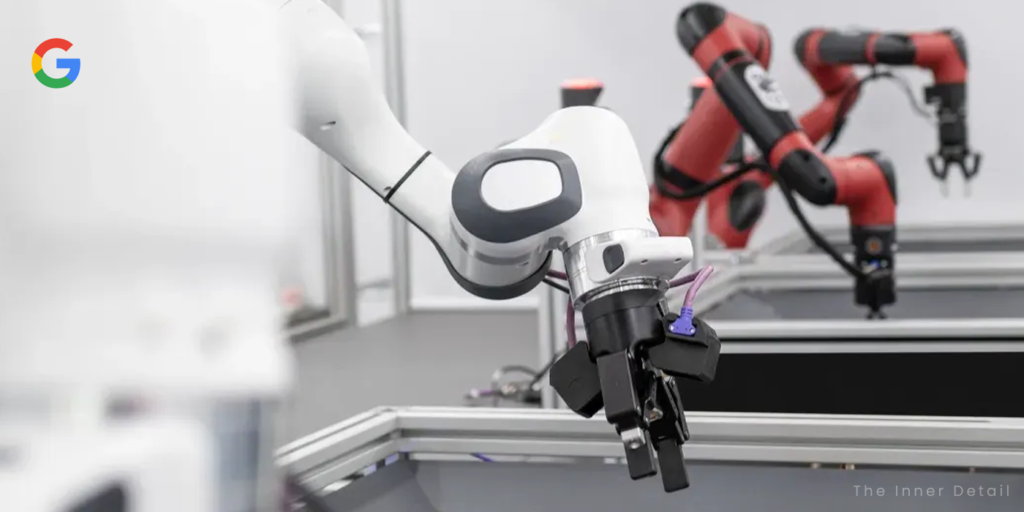
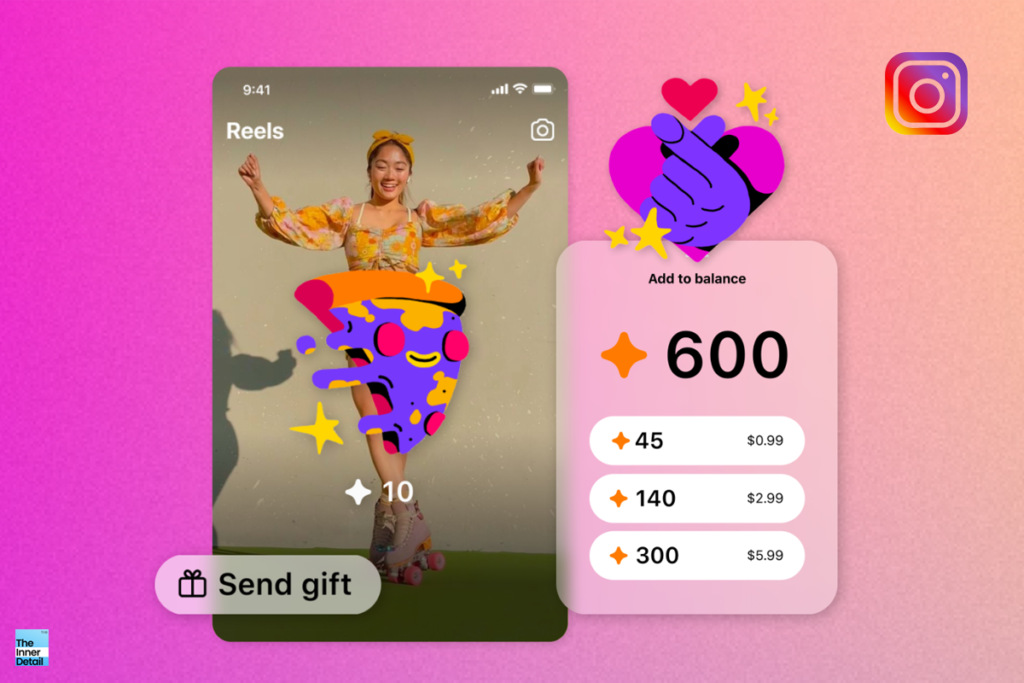
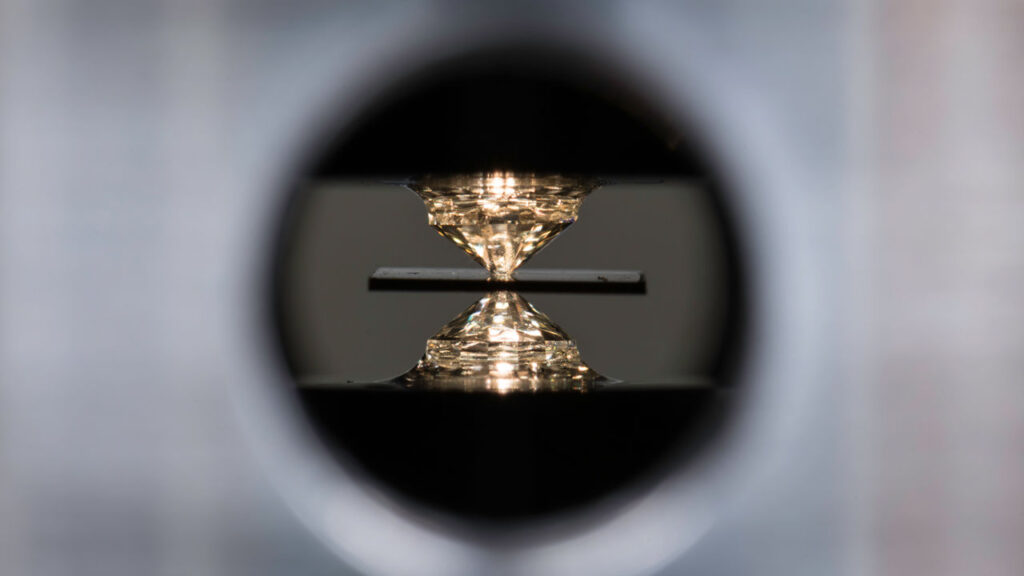
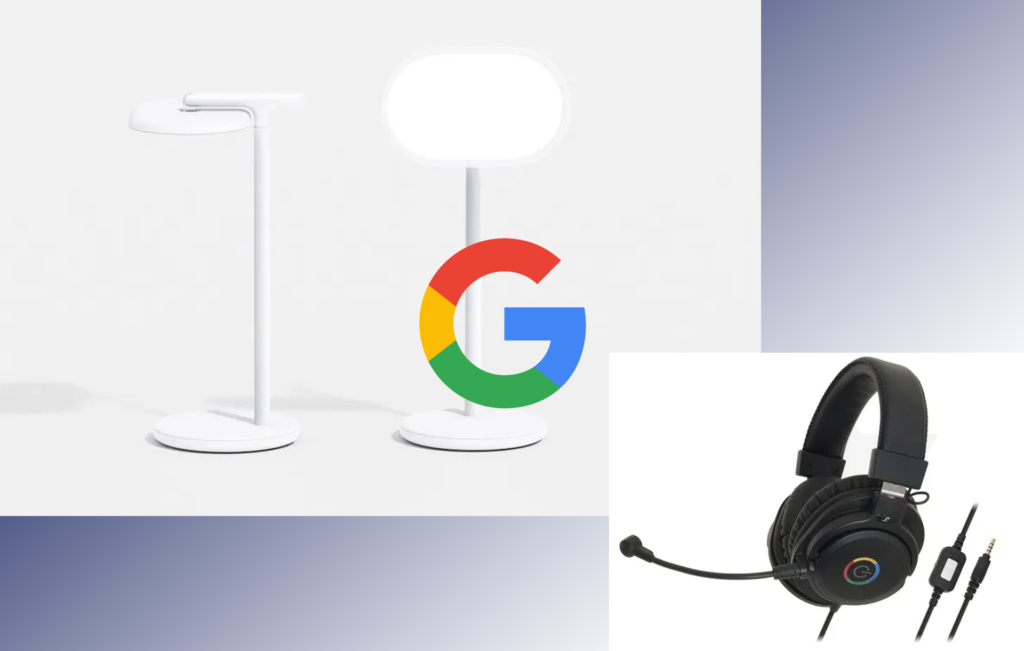
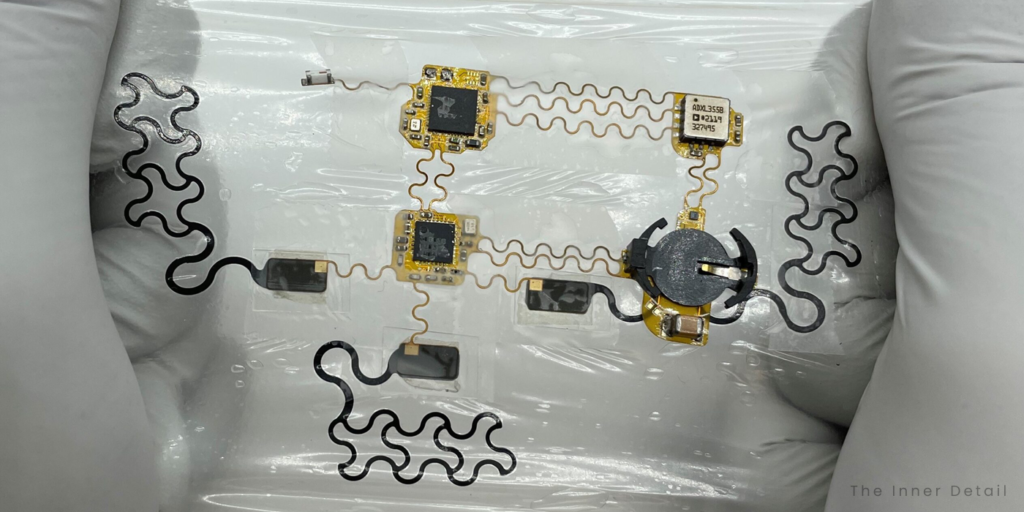
Pingback: What is Web of Things (WoT)? & how it relates to IoT? – The Inner Detail
Pingback: Future Technology Trends & Opportunities – The Inner Detail